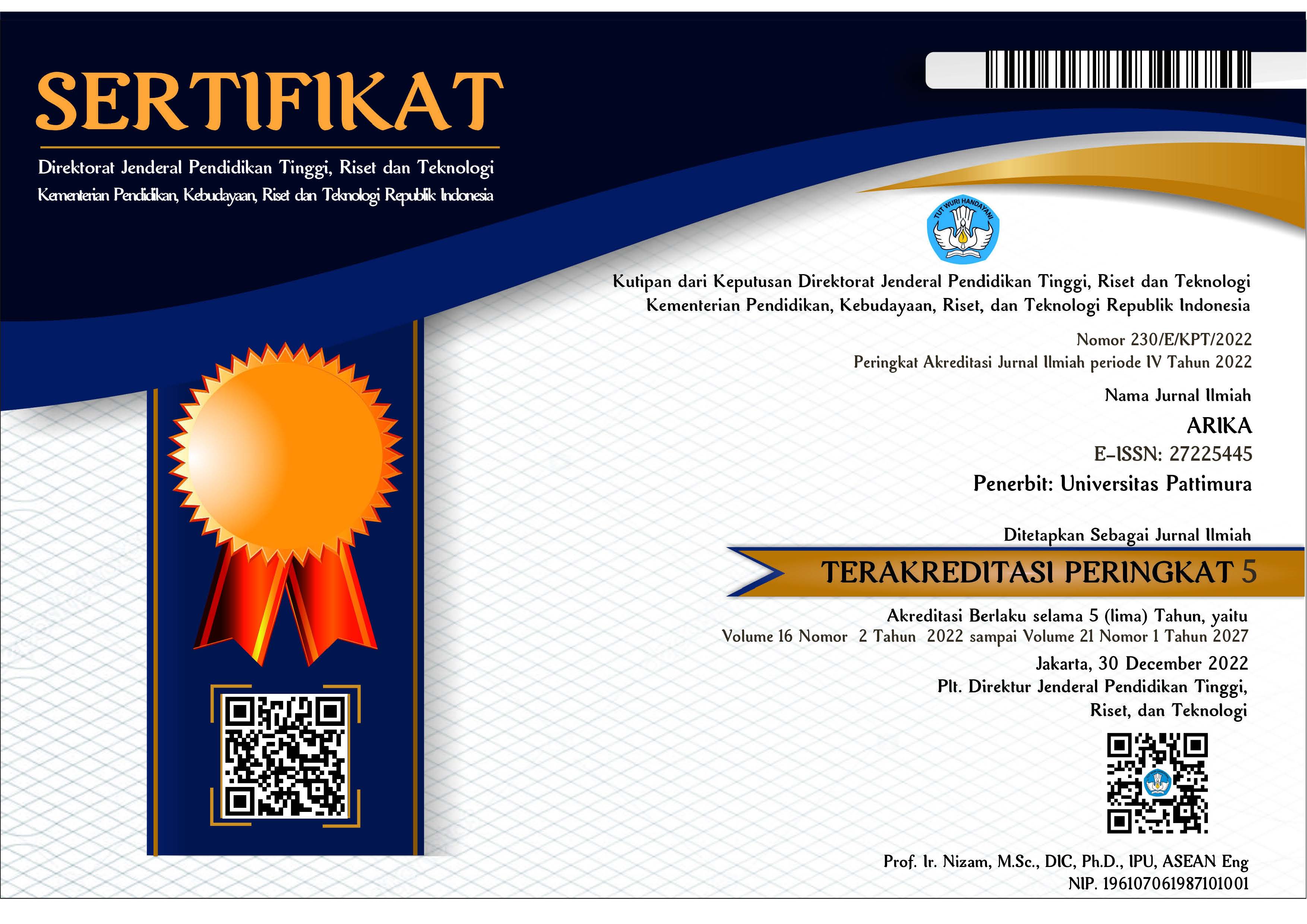Penentuan Maximum Acceptable Weight Limit (MAWL) Dengan Menggunakan Pendekatan Fisiologi
Abstract
Manual Material Handling (MMH) is a material removal activitiey that performed manually. MMH has a high flexibility in handling the load - a light load if compared by using material handling equipment. However, MMH can cause injury identified in skeletal muscle (musculoskeletal disorders). To minimize the occurrence of injury in skeletal muscle, the National Institute of Occupational Safety and Health (NIOSH) recommends the imposition of an equation that is the Recommended Weight Limit. This equation is based on the data taken from American women workers in its use in Indonesia, the adjustment shall be made as there are differences in anthropometry, psychophysical and physiological differences between Indonesian and American. The purpose of this study was to determine the maximum load limit based on the anthropometry of Indonesian women workers. The approach used to determine the maximum load limits in this study is the physiological approach. Physiologically energy consumption based on the heart rate produced higher 56% -70% when compared to energy consumption based on NIOSH recommendations. This is because of the differences in anthropometric and age.
Downloads
An author who publishes in the ARIKA Jurnal agrees to the following terms:
- The author retains the copyright and grants ARIKA journal the right of first publication of the work simultaneously licensed under the Creative Commons Attribution-ShareAlike 4.0 License that allows others to share the work with an acknowledgment of the work's authorship and initial publication in this journal.
- The author is able to enter into separate, additional contractual arrangements for the non-exclusive distribution of the journal's published version of the work (e.g., post it to an institutional repository or publish it in a book) with the acknowledgment of its initial publication in this journal.
- The author is permitted and encouraged to post his/her work online (e.g., in institutional repositories or on their website) prior to and during the submission process, as it can lead to productive exchanges, as well as earlier and greater citation of the published work (See The Effect of Open Access).










